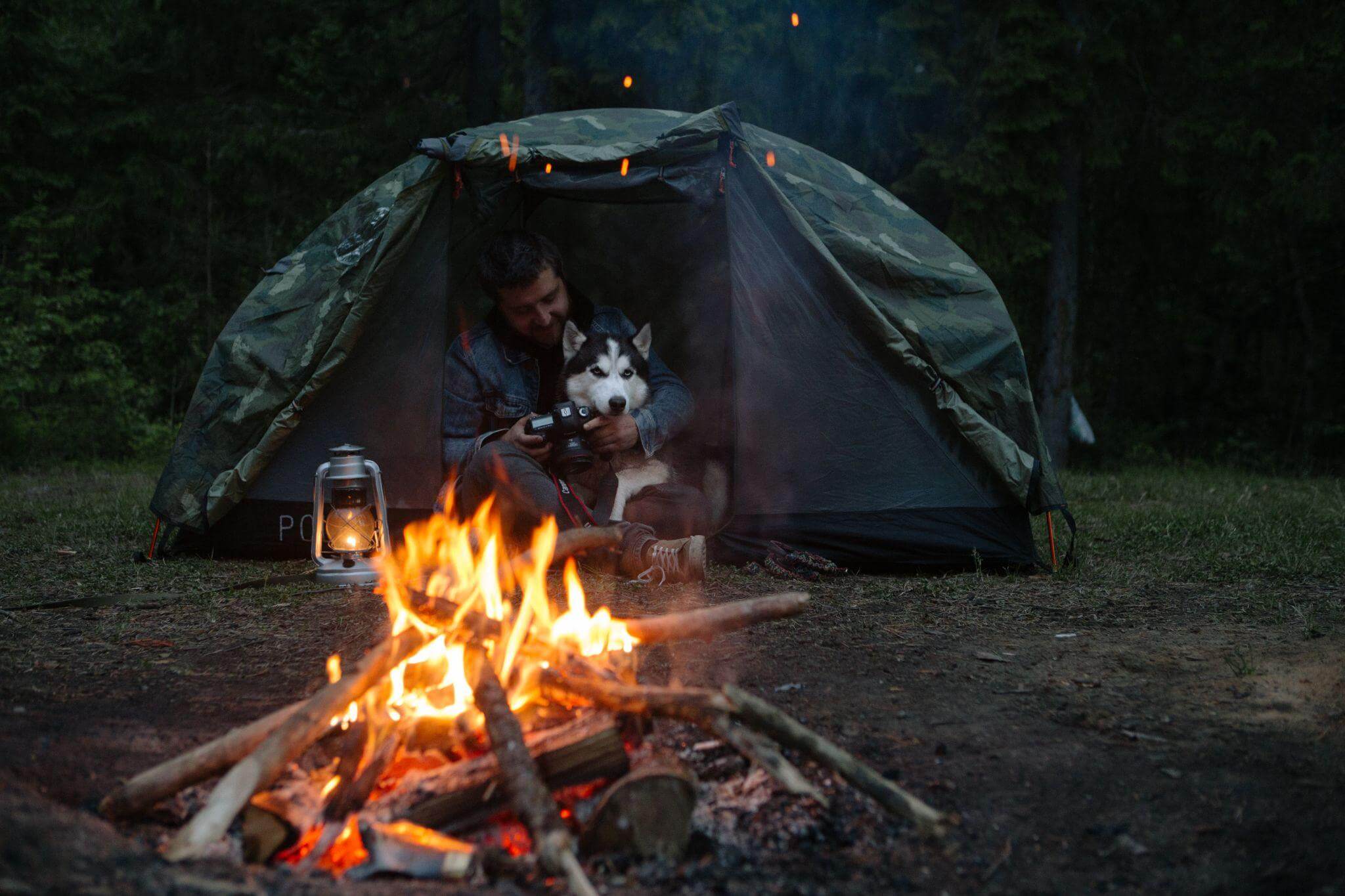Whether you’re a seasoned camper or just starting out, encountering wildlife in its natural habitat is one of the most exhilarating aspects of the outdoor experience. However, while these encounters can be memorable, it’s crucial to remember that we’re visitors in their home.
Here’s how to ensure that your interactions with wildlife are both safe and respectful.
1. Understand the Wildlife in the Area
Before you set out, research the wildlife you may come across in the area you’re camping. Each region will have its unique inhabitants, from curious raccoons in North American forests to kangaroos in Australian bushland.
Knowing what to expect can prepare you for potential encounters.
2. Store Food Properly
Most negative wildlife encounters in campgrounds occur because animals are attracted to human food. Ensure that all your food items, as well as trash, are securely stored. Many campgrounds in bear-prone areas have bear-proof containers or guidelines on how to store food. Use them.
3. Maintain a Safe Distance
If you spot wildlife, enjoy the experience from a distance. Approaching animals can be stressful for them and dangerous for you. As a general rule:
For larger animals like bears or moose, at least 100 yards (the length of a football field) is recommended.
For smaller animals like deer or raccoons, aim for 25 yards.
4. Avoid Feeding Wild Animals
Feeding wildlife might seem like a kind gesture, but it can lead to several problems. Animals can become dependent on human food, which might not provide the necessary nutrients they need. They can also become aggressive or lose their natural fear of humans, making them more likely to approach other campers in the future. If you are interested in getting yourself a pet, it would be best to see your trusted dog adoption shelters.
5. Know What to Do During an Encounter
Despite your best efforts, you might find yourself in a close encounter with wildlife. Here’s what to do based on the animal:
Bears: Speak calmly and firmly. Avoid direct eye contact, which they might perceive as a threat. Slowly back away without turning your back on the bear.
Snakes: Freeze and give the snake plenty of space to retreat. If you’re unsure whether it’s venomous, treat it as if it is.
Mountain Lions: Stand tall and try to appear larger. Speak in a loud, firm voice. If the lion behaves aggressively, throw stones or branches, but don’t crouch or turn your back.
6. Protect Smaller Camp Companions
If you’re camping with pets, always keep them on a leash. Not only can they provoke wildlife, but they can also become prey for larger animals.
7. Respect Nocturnal Wildlife
Many animals are most active at dawn and dusk. If you’re moving around during these times, be especially cautious and make noise as you walk to alert animals of your presence.
8. Leave No Trace
The Leave No Trace principles aren’t just about litter. By camping at least 200 feet from lakes and streams and using designated camping spots, you ensure minimal disturbance to wildlife habitats.
9. Educate Yourself on Migratory and Breeding Seasons
Certain times of the year might be more sensitive for wildlife, like migratory or breeding seasons. Being aware of these periods can help you avoid disrupting crucial moments in an animal’s life cycle.
10. Remember: Wildlife is Wild
No matter how accustomed an animal might seem to human presence, it’s essential to remember that all wildlife is unpredictable. What might seem like a passive situation can escalate quickly if an animal feels threatened.
Conclusion
Camping offers a unique opportunity to connect with nature, and that includes the wildlife that calls these spaces home. By understanding and respecting their habits, needs, and boundaries, you not only ensure your safety but also contribute to the protection and conservation of these magnificent creatures.
Always camp with mindfulness and admiration for the world around you.

